Differentiation—The one-word recipe for success in a digital world
Forbes India One CEO Club leaders gather at the second Digital Leadership roundtable to discuss how companies can race ahead of competition at a time when everyone is putting their best foot forward
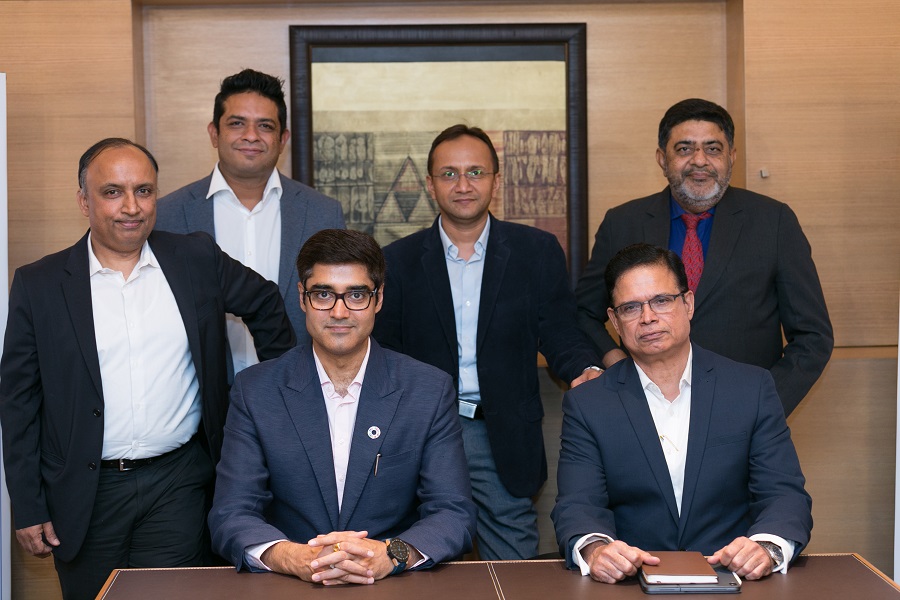
In the last couple of years, the hum of digital transformation has been audible in every C-suite corridor. New strategies, investments, rethinking processes, transparency and access to information for all are a few things that fall under the purview of this latest buzzword.
The second Forbes India One CEO Club’s Digital Leadership roundtable strived to understand what comes after millions of dollars are invested in digital technologies. How best to make the most of new innovations, strategies and to cater to the right audience with the right set of products.
“Making investments worth millions of dollars to improve digital capabilities and integrate digital technology into all areas of business may still be the easier part. The tougher part may be still to come,” Brian Carvalho, Forbes India editor, said, as he opened the discussion. While most organisations are making headways into digital, a differentiating factor is what could set you apart from competition, he added.
The 2nd edition of the Forbes India One CEO Club, in association with Google Cloud India, was attended by Shashank Srivastava, executive director, marketing and sales, Maruti Suzuki; Anil Parashar, president and CEO, Interglobe Technology Quotient (ITQ); Bharat Gupta, CEO, Jagran New Media; Manish Sharma, president and CEO, India and South Asia, Panasonic; and Dilip C Oommen, managing director, Essar Steel.
On July 4, these leaders came together at The Oberoi in New Delhi, to reminiscence about their digital journey, the innovations they have created and inculcated at their organisations, and the differentiating digital factor that will set them onto a growth path.
The leaders of the One CEO Club agreed that digital transformation now affects every aspect of their business. For Maruti Suzuki, it has cut down design-to-road cycles drastically, Shashank Srivastava shared. For Essar Steel, digital capabilities have ensured it can scale operations without compromising on quality, thereby ensuring customer loyalty. “We move 7.2 million tonnes of steel a year; digital technologies help improve efficiency, transparency, remove leakages, reduce cost, while maximising margins,” Dilip Oommen said.
Panasonic’s India and South Asia President and CEO Manish Sharma puts it eloquently while describing the changing tides—“We always knew that change was the only constant, now the rate of this change is the only constant.” Today, there are many asset light business models. There is so much disruption, not only in the way that new products are evolving or the way the businesses and processes are happening, but also the way the new business models are coming up because of digital technologies, he added.
But what is important, Google Cloud India’s country head Nitin Bawankule explained, is how you go about this change. For Google, digitisation is made up of three pillars—consumer, business and the ecosystem players, he told the One CEO Club leaders. “To succeed in your business’s digital strategy, it’s important to understand where your consumer is, in her journey of digital adoption,” he said, explaining that “digitisation and business transformation should always have the customer at the centre to ensure success.”
Take for example, the case of media houses. While digital has opened up a variety of revenue streams, is has also created the problem of plenty that necessitates that the consumer is at the front and centre of every decision.
“India has 400 million internet users, everyone is going to consume different content. The top movers and shakers want information; the middle urban-tier wants to move upwards, and so it wants content that can be utilised rather than only inform, and the bottom rung—the rural users—will have completely unique content needs. Nine out of 10 internet users are consumers of language," said Gupta of Jagran New Media.
“This changes the game for us completely. Our first step was to understand the audience bucket we can cater to – it gave us insights to shape our product and product proposition,” Gupta added.
“The good part is that the digitisation story in India started from consumers, and so literally every business had to move to that and the growth is evident for everyone to see. Today, even the Prime Minister of India or the President of the US tweets, because they know the importance of the platform, and the understanding is, ‘if I’m not communicating with that audience, I’m not going to win the election next time”, Bawankule added.
While digital capabilities are helping organisations streamline their people, processes and products, it also collects a plethora of data which, if analysed and utilised efficiently, can be a game changer for businesses. “The biggest challenge is that today, customers’ online footprints are not captured in a way that they can be analysed and utilised properly,” Bawankule said.
Analysing and listening to data correctly will help companies shape their future strategies. Like Maruti Suzuki's Srivastava shared, “We see that our audience has online searches about autonomous cars and shared mobility. This may influence our decisions in the future.” For Panasonic, this is a game changer, “smart consumer durables give us real time updates of how our products are performing,” Sharma said.
“First came personalisation and curation, now it’s all about individualisation. The right question to ask would be, ‘how do I get a predictive model for me—that’s where the new challenge rests—how are we going to fulfil that brand or product promise for a customer,” Jagran’s Gupta added. Businesses will strike gold when they are able to successfully individualise their products and services. For example, like ITQ’s Parashar said, in hospitality there is a dire need of a one-point solution that can cater to the individual travel needs and queries of a customer, so that she doesn’t have to go to five separate windows to find answers. “That will be the ultimate solution,” he said.
Decision making on the basis of data also begs for autonomy and transparency within an organisation. “If the relevant data is available to employees at the click of a button, we can be sure of faster decisions,” Essar Steel’s Oommen said.
But there is a need for a larger cultural change, Bawankule said. “It is imperative for teams to make cross-sharing of data a norm, for the larger benefit of the organisation and the customer,” he added.
It is no longer enough for the CEO to delegate the technology mandate to the CIO or CTO. “A CEO has to wear many hats in the digital world. You’re no longer only responsible for profitability. We have to be agile, disruptive and innovative, at the same time,” Jagran’s Gupta added. “Unless you as a CEO use analytics to make data-driven decisions on a daily basis, your team will never embed the culture."
The startup and digital revolution have also ensured that we revisit the norms of hierarchy and seniority. “Age alone shouldn’t be a criteria. The two most important things to succeed today wouldbe the readiness to change and agility. We should take advantage of the younger generation; they are willing to break the rules,” Indigo Technology Quotient’s Parashar said.
For us, Bawankule said, it’s all about the willingness to change. At Google, we look for the intent to adapt and adopt—experience with the right attitude. It’s a fine balance to strike.



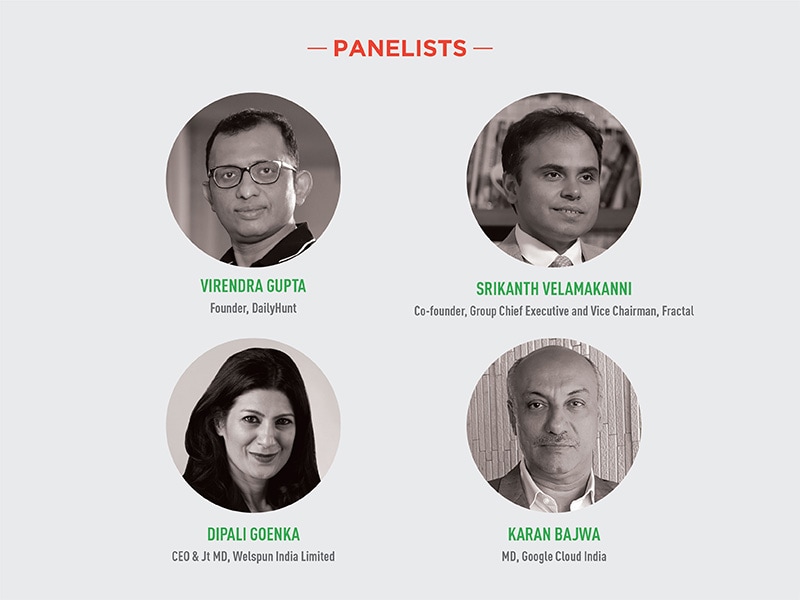
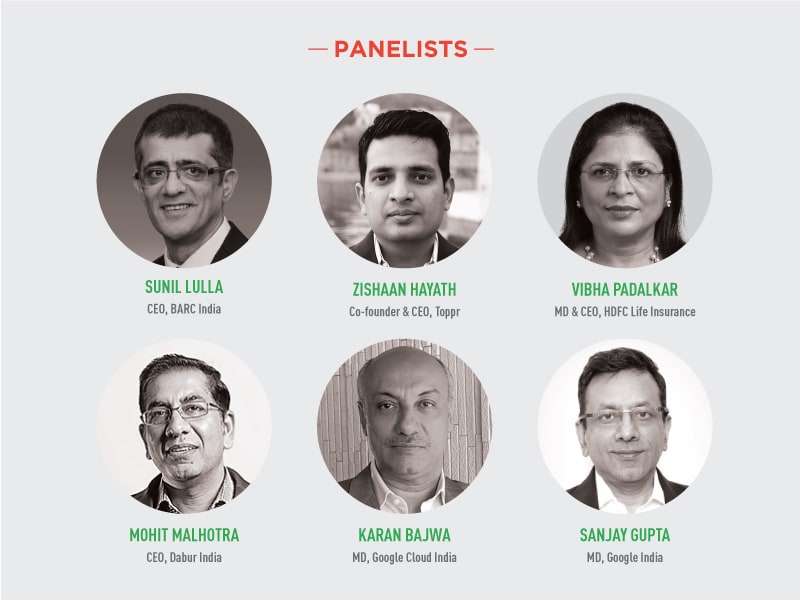
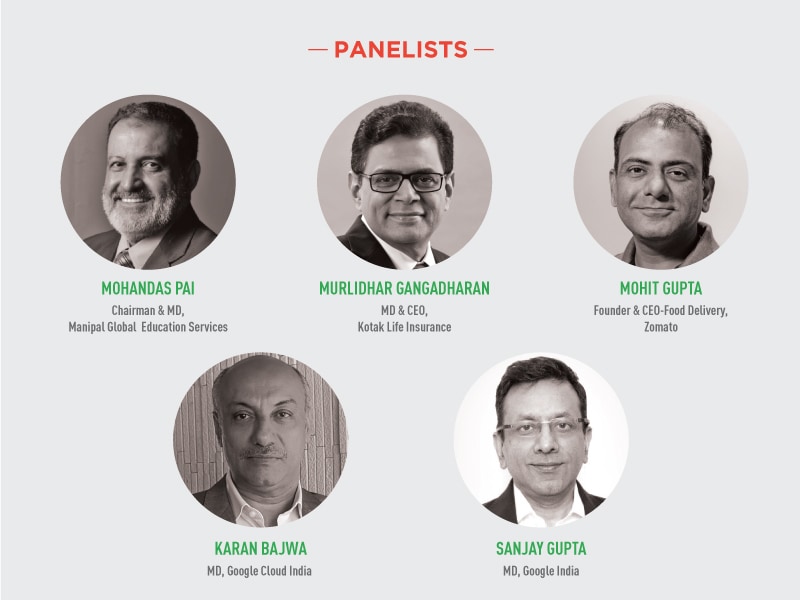
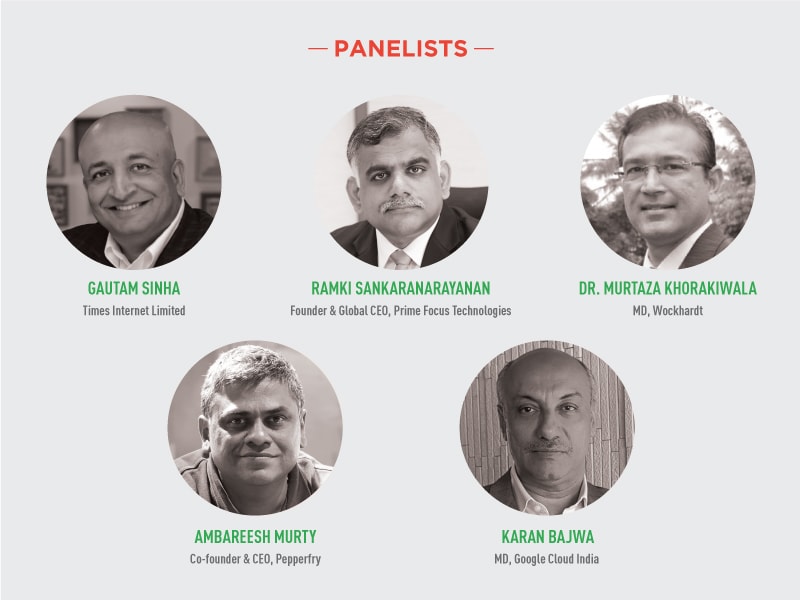
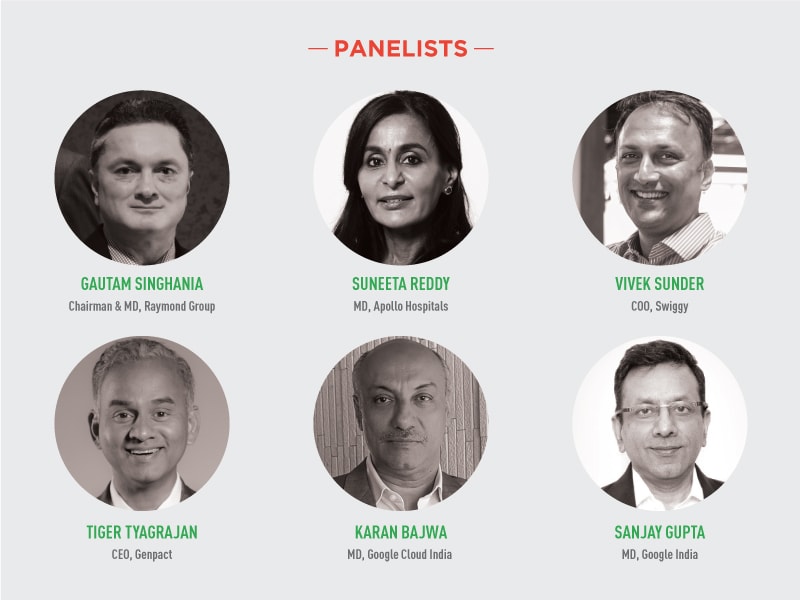
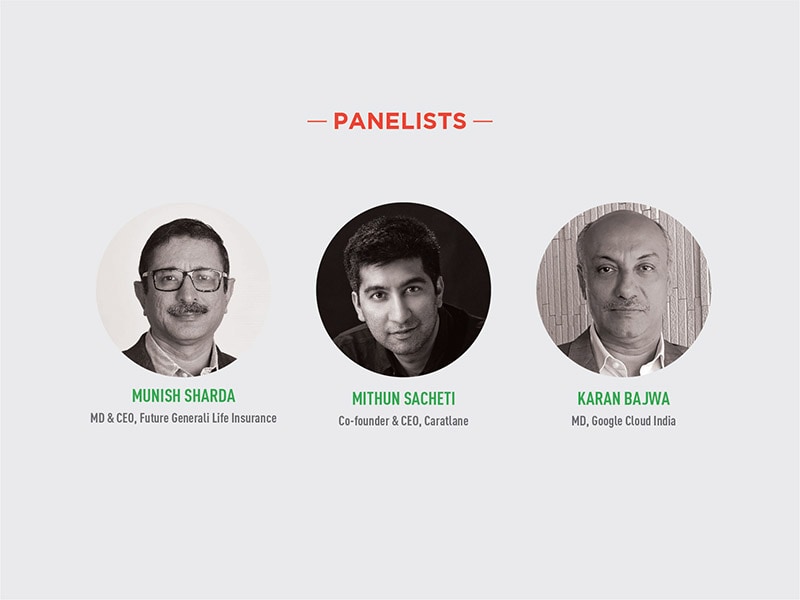
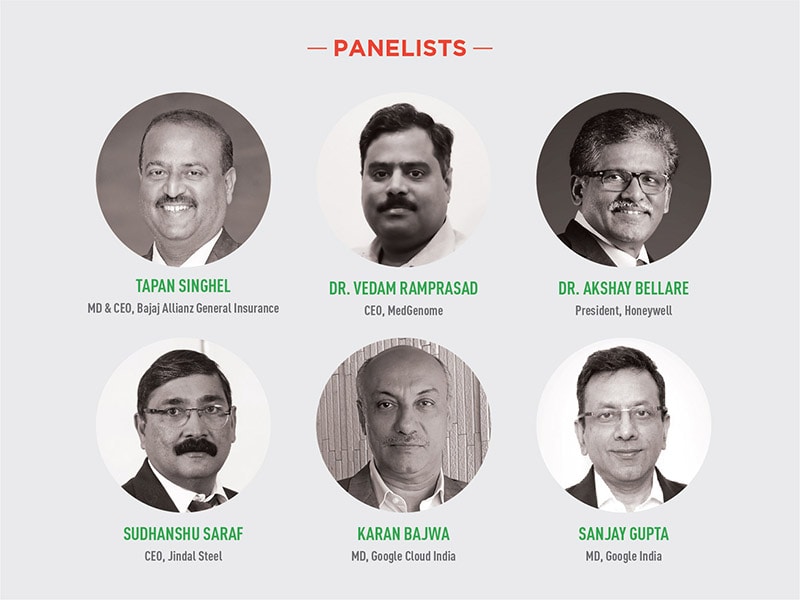
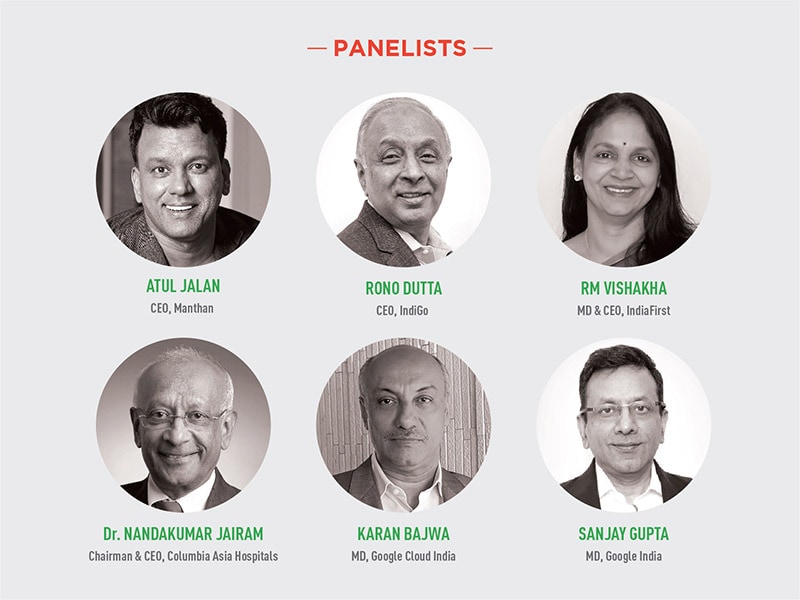
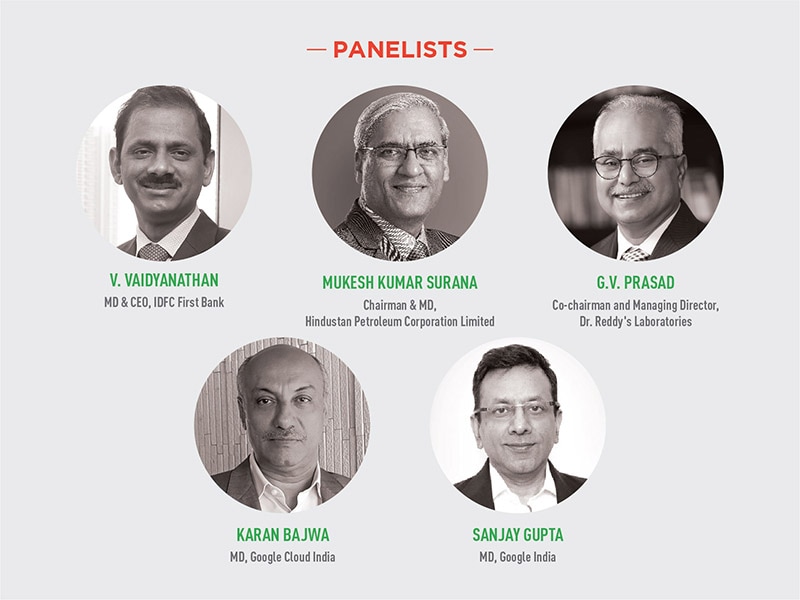
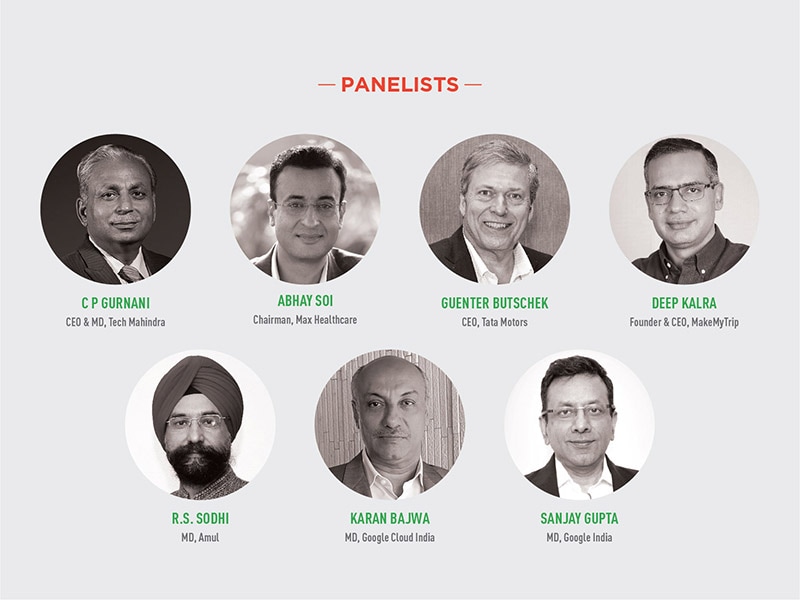
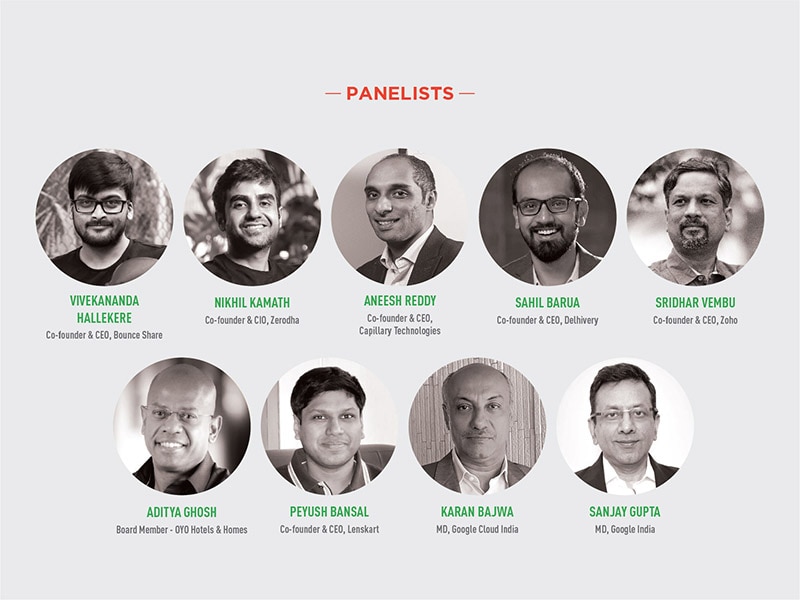
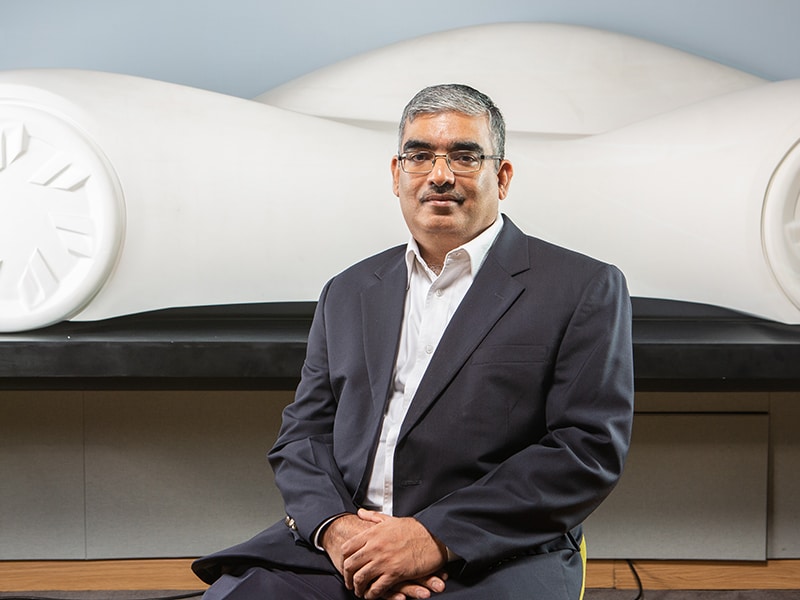
.jpg)
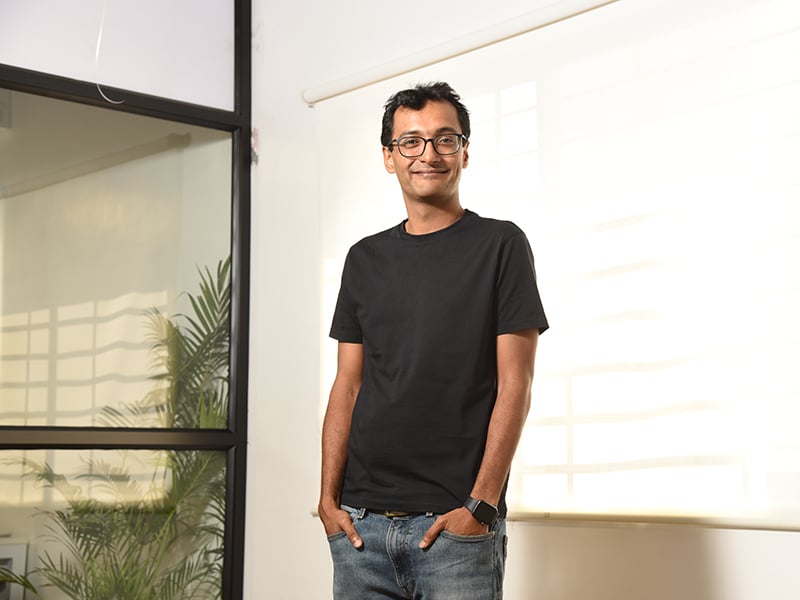




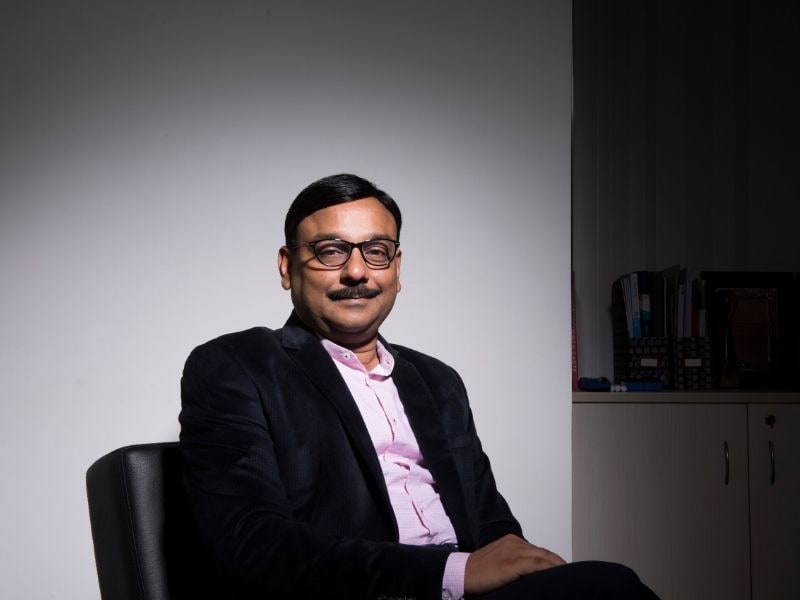
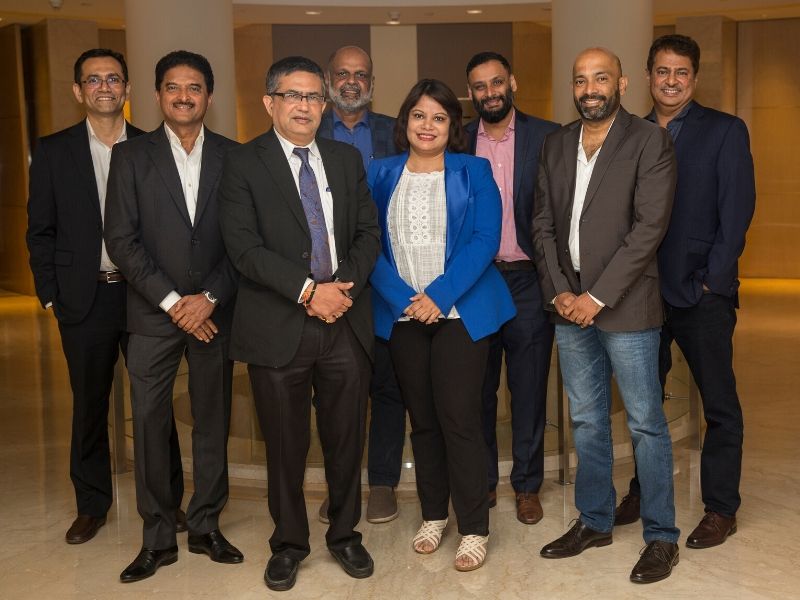
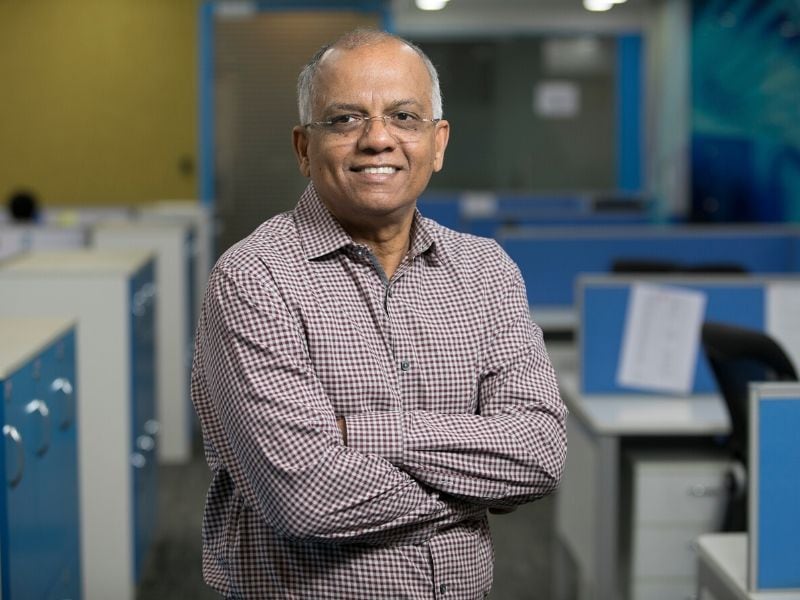



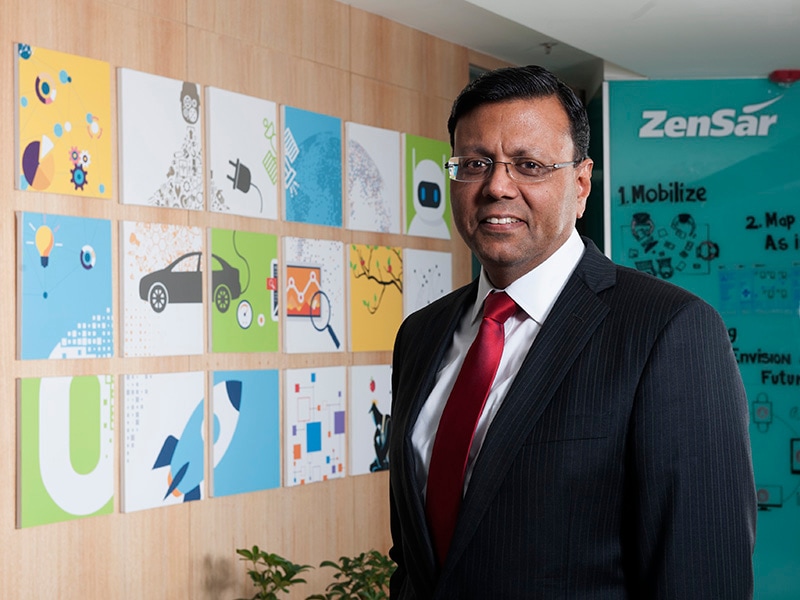
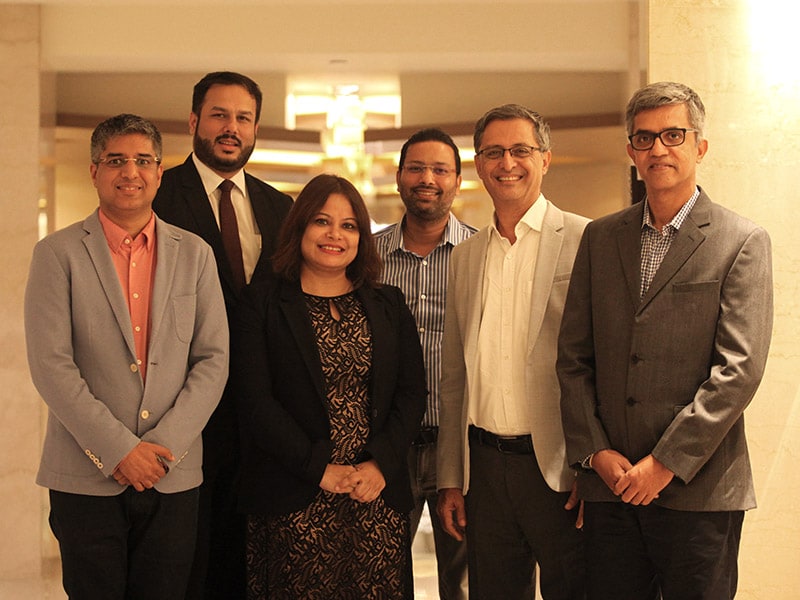
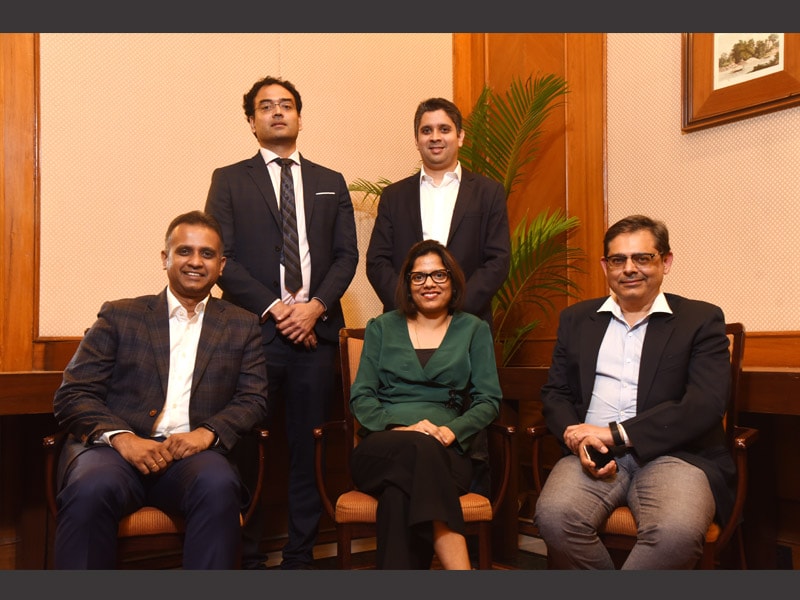



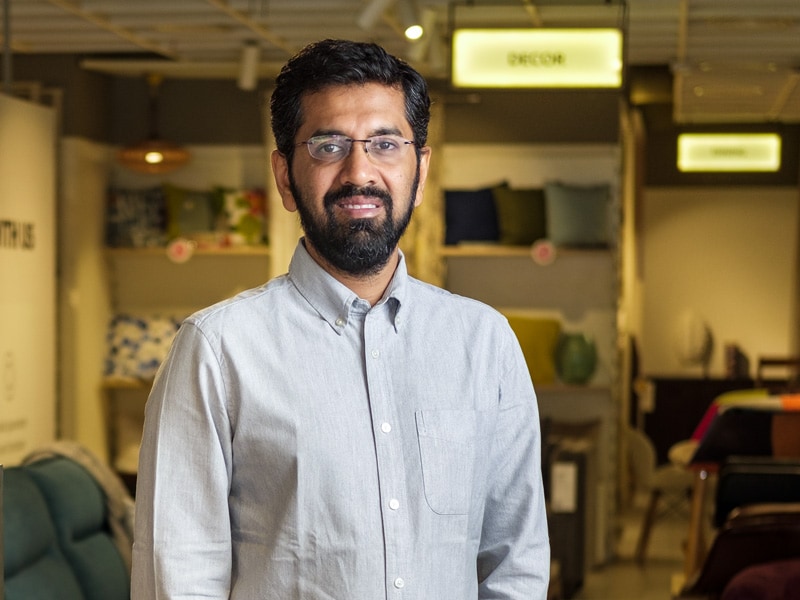


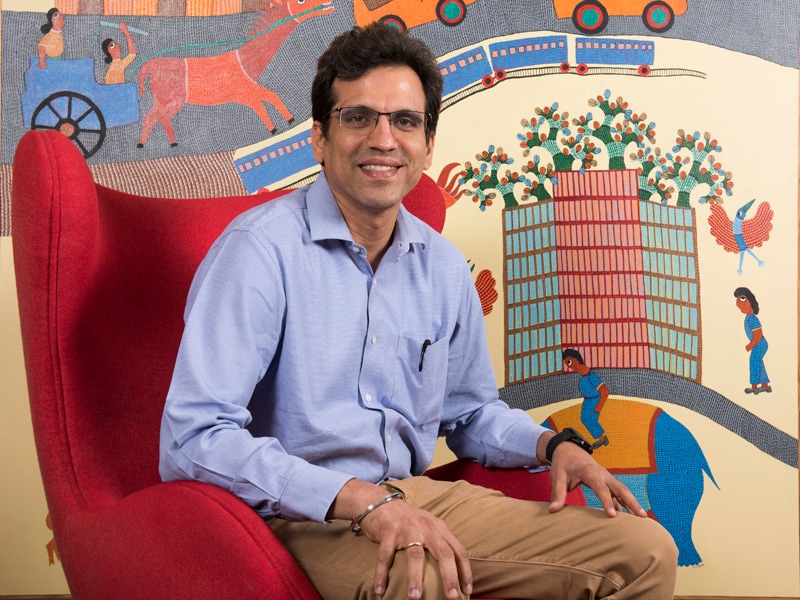
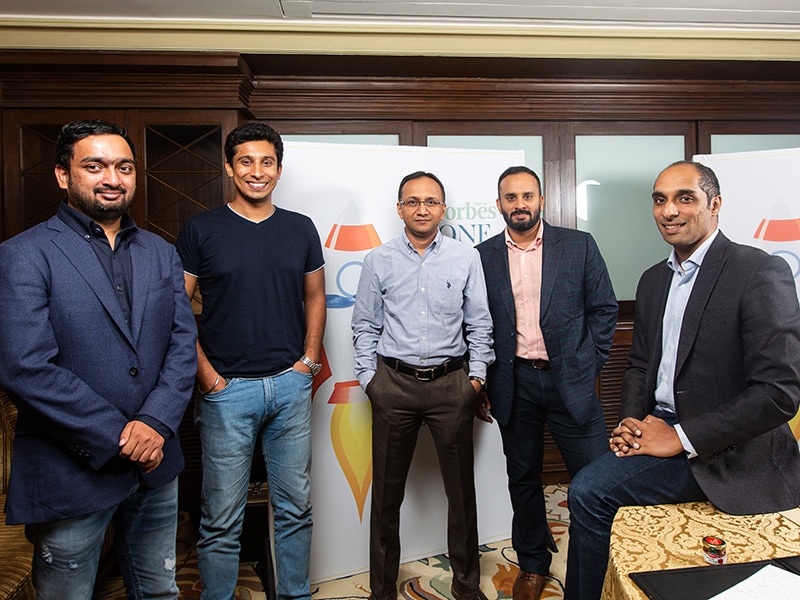

.jpg)






